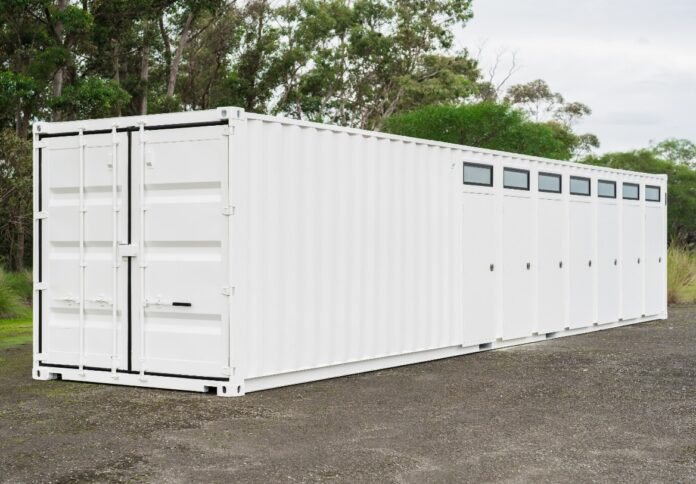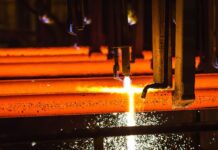
In Australia’s most remote construction and resources worksites, sustainable ablution facilities are proving essential to meet occupational health and safety (OH&S) standards, while protecting sensitive environments.
The Modulate Group, a provider of container-based relocatable buildings, has developed advanced modular ablution blocks designed to operate independently in extreme conditions, fulfilling both environmental and safety requirements.
“Some of the facilities we serve are hundreds of kilometres from the nearest sewage and wastewater systems – in conditions ranging from stifling bare desert and cyclone zones, through to tropical islands and mountainsides,” explained Modulate Group’s General Manager Jack Adams.
These self-contained ablution units are designed to meet national building codes for safety and durability, while also prioritising worker comfort and sustainability.
“First, such facilities must demonstrate compliance with performance-based national building codes to ensure durability and safety even in harsh, aggressive conditions while attaining high standards required for health, worker amenity, accessibility, and sustainability. Whether operations are primarily employers of local nationals, or also employers of FIFO staff, good amenity is important,” Adams noted.
Recently, Modulate Group delivered a fully self-contained 40-foot ablution block to a mining client in Papua New Guinea.
Built in Modulate’s facility in Newcastle, the unit demonstrates the company’s capacity to deliver robust solutions internationally, tailoured to each site’s requirements.
The PNG project unit is equipped with advanced waste management, where each of the seven toilets and hand basins includes macerator pumps, transporting waste to a 3,100-liter septic tank.
A watertight tank room with spill containment ensures hygienic disposal, essential for mining site operations.
Key infrastructure, including pumps and pipes, is housed behind accessible service doors for efficient maintenance, and IP56-rated power outlets and switches safeguard against environmental challenges.
Durable construction features anti-slip flooring, steel louvres for privacy, and partitioned airflow to support functionality and comfort.
The unit’s modular design also ensures durability during transport, with twist-lock securing mechanisms adapted from container technology.
According to Adams, the Papua New Guinea site has reported smooth operations with the new unit.
“The worksite involved reports that the ablution block is operating exactly as per the design brief, through the range of conditions for which it was designed.”




















